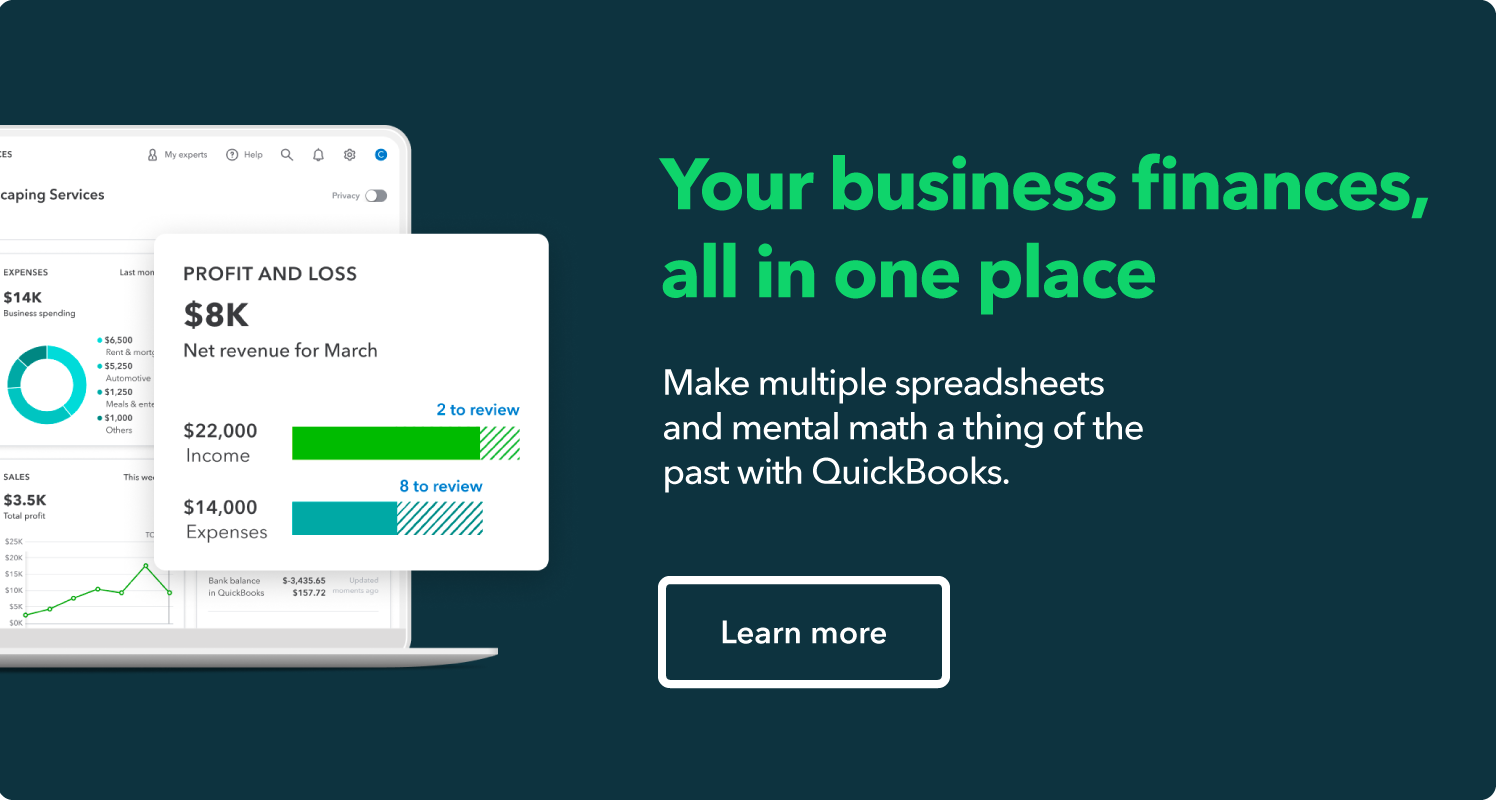There’s a time in every small business journey when sales become stagnant or profits begin to dwindle. But, as a savvy small business owner, you know there are methods to rise above. One of the ways you can achieve new revenue growth is by adjusting your pricing strategy.
As your business grows and evolves, so should your pricing strategy. Keeping a close eye on your pricing strategy can help keep your profit margins in check, your inventory flowing smoothly, and your customers engaged with your brand. No matter what your goals are for your business, adjusting your pricing strategy can help you meet them.
Read on to find out which pricing strategies can help drive growth for your business. Adopting a cost-plus, economy, or premium pricing strategy can help you see results right away.




